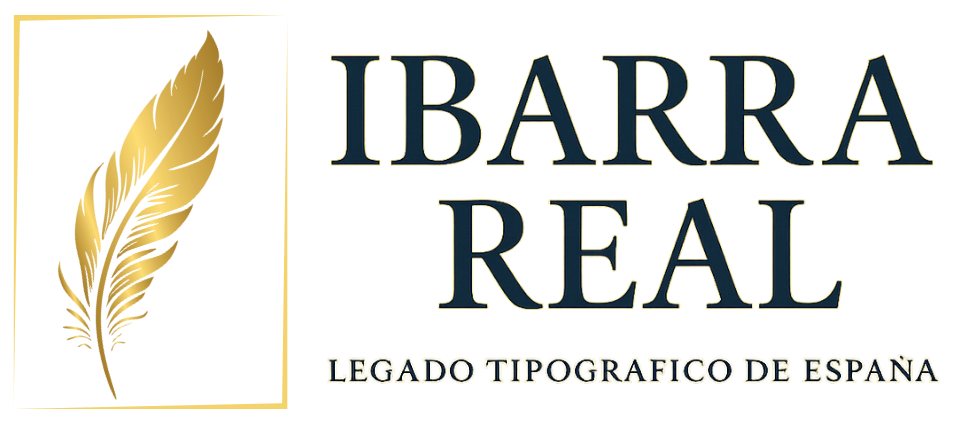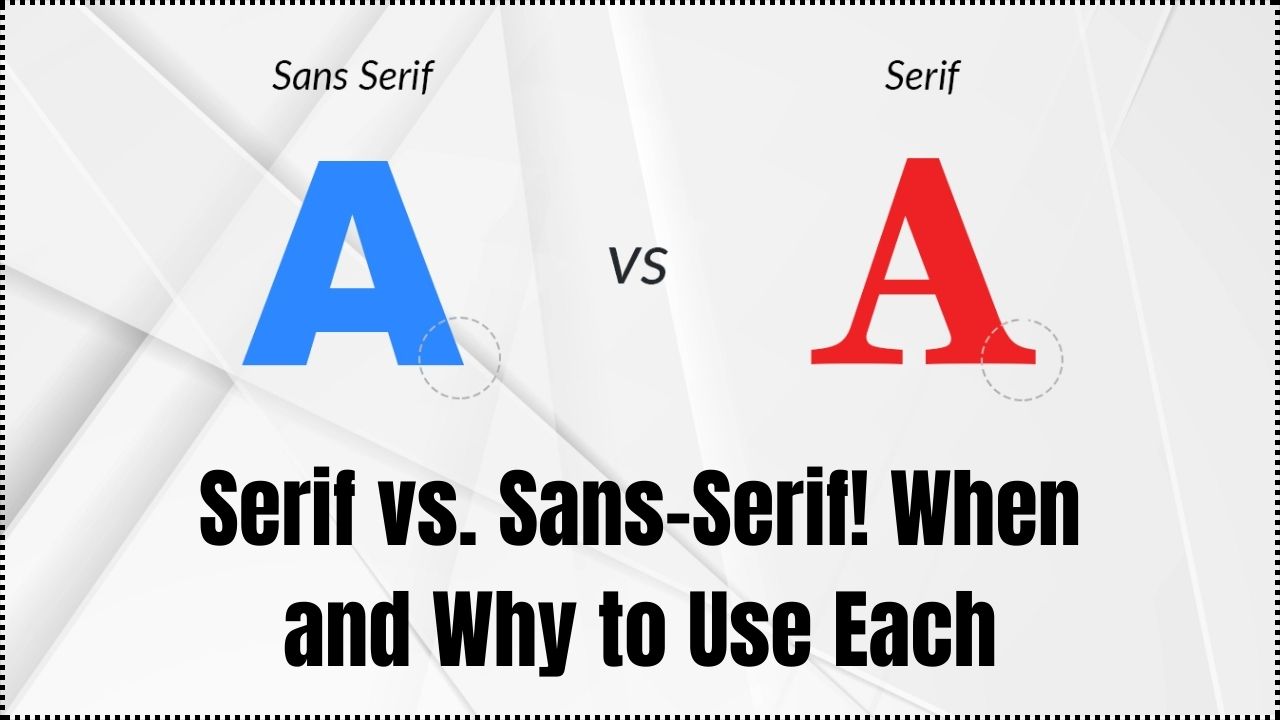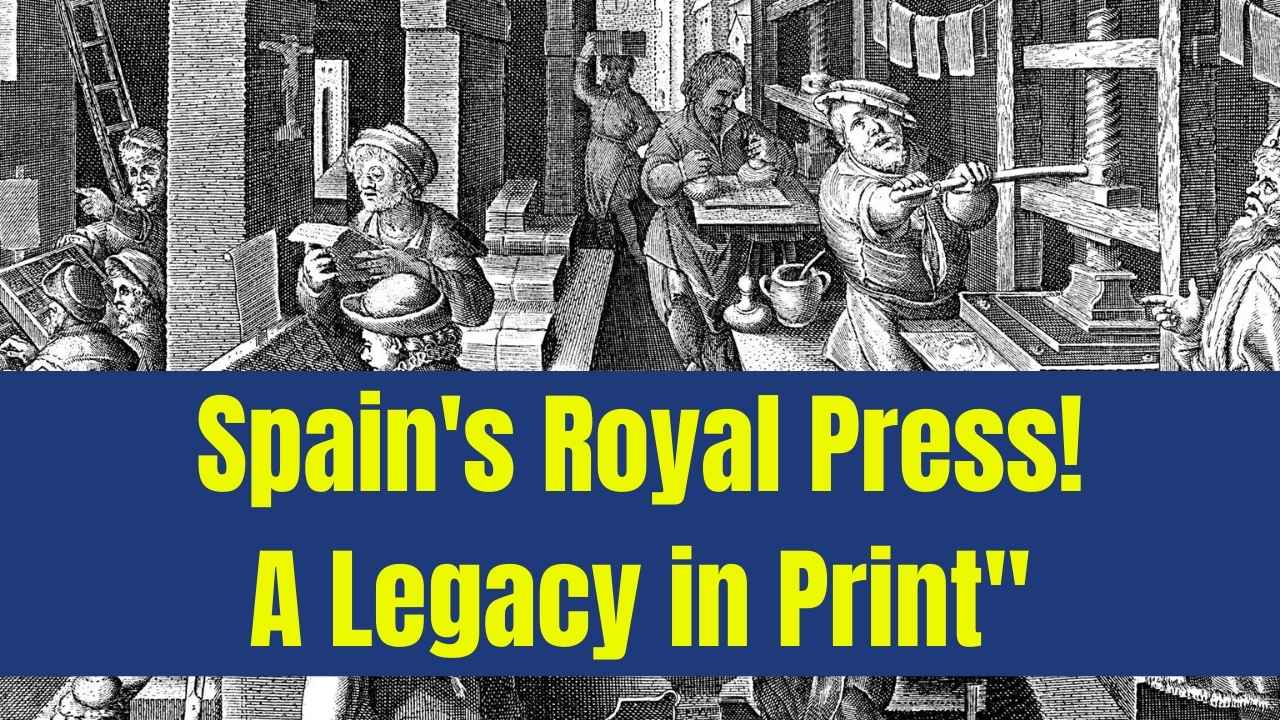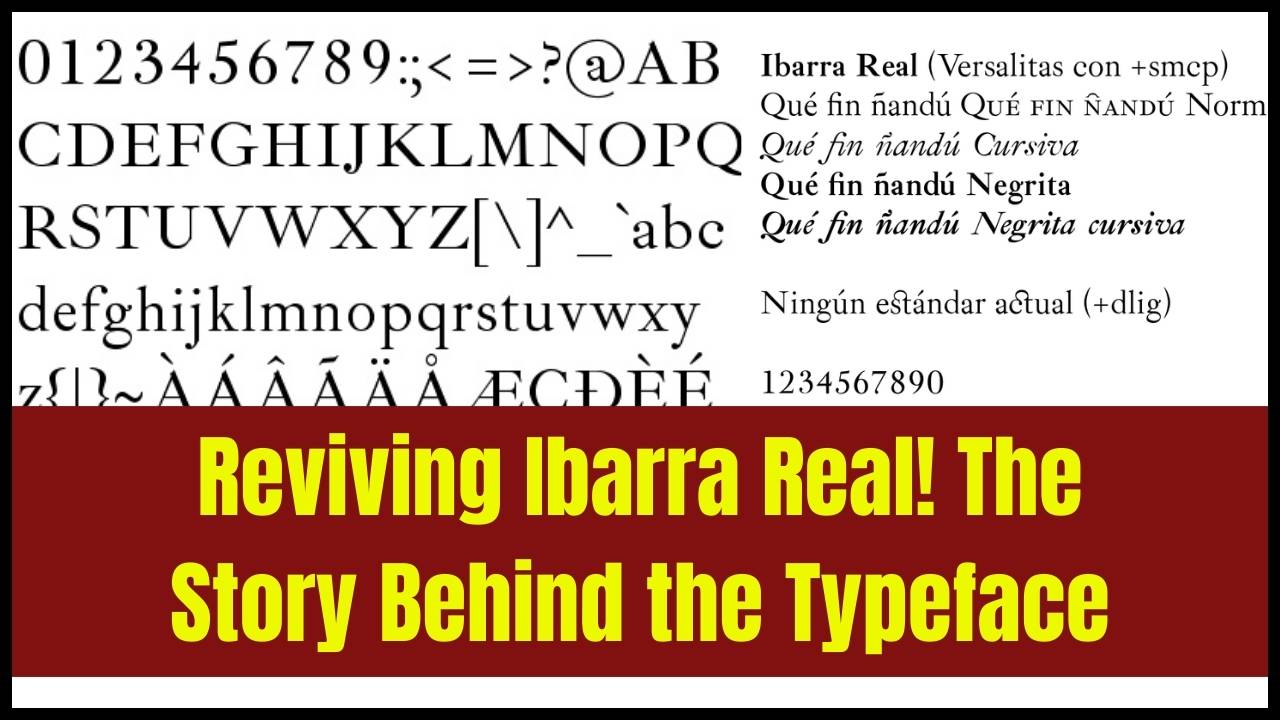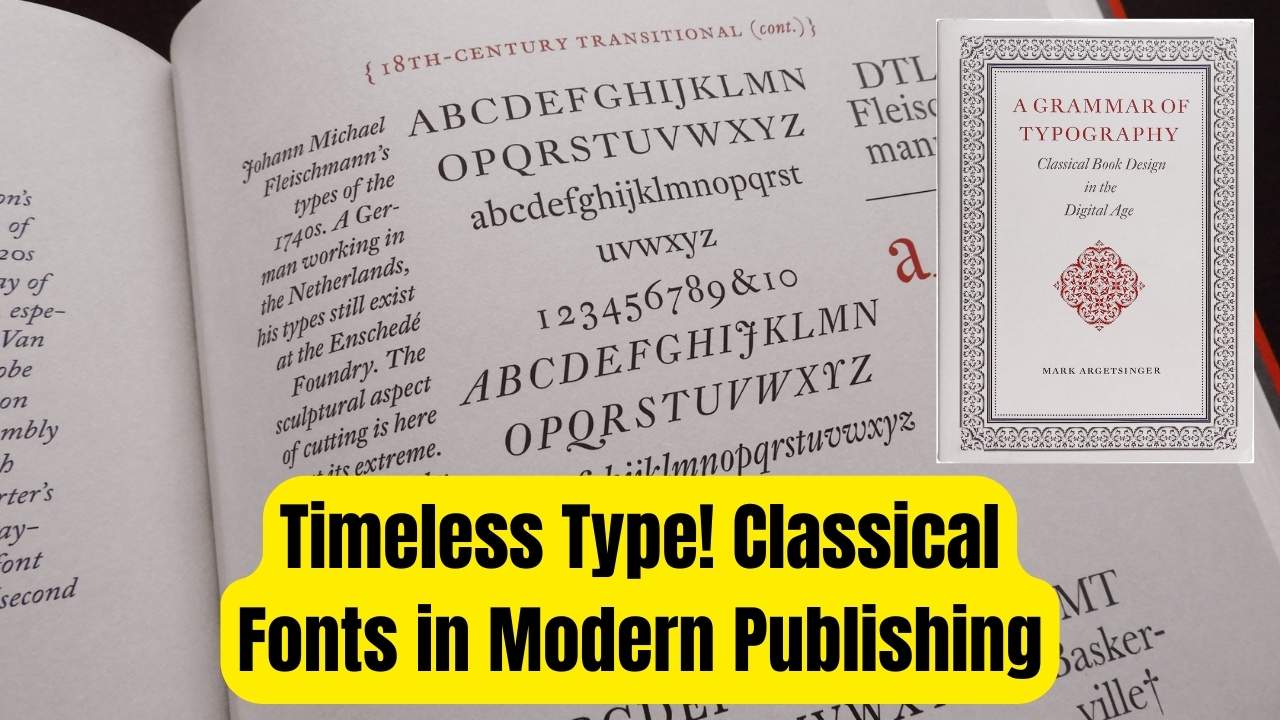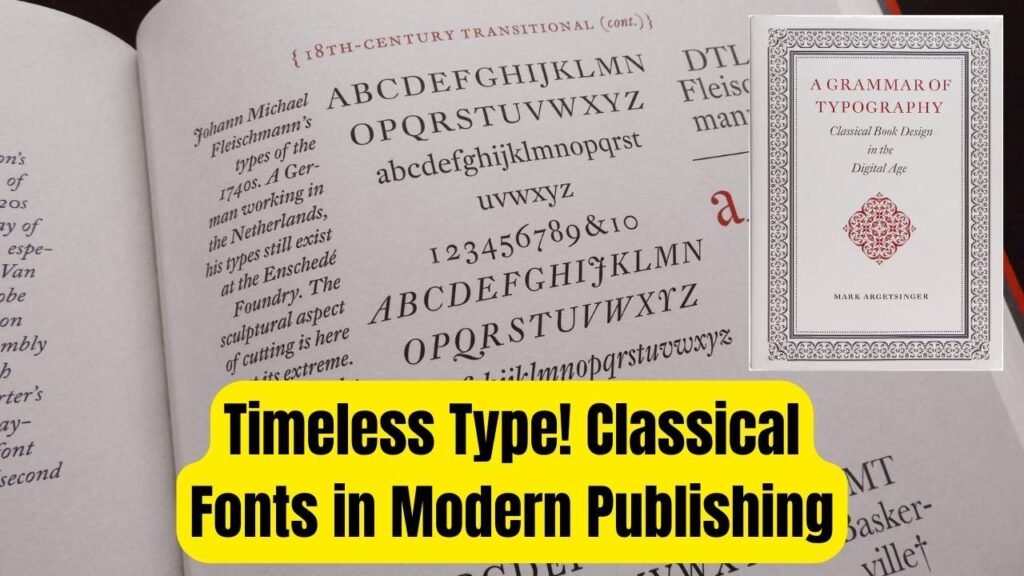
In a world where digital technology has revolutionized nearly every aspect of design, one thing remains remarkably constant: classical typography. Even as the world of publishing moves further into the digital age, the principles of classical typography continue to play a significant role in the design and production of both printed and digital content. But why does classical typography still hold such relevance? In this article, we’ll explore the enduring appeal of classical typography, its importance for modern publishing, and how it enhances readability and visual appeal.
Whether you’re a seasoned designer, an aspiring typographer, or just someone interested in the art of design, understanding classical typography’s role in modern publishing can help you create more visually compelling, readable, and culturally resonant materials.
Classical Typography for Modern Publishing
| Topic | Details |
|---|---|
| Key Concept | Classical typography focuses on legibility, visual harmony, and tradition. |
| Famous Typefaces | Garamond, Baskerville, Caslon, Didot, Bodoni, Sabon |
| Historical Roots | Originating from the 15th-century invention of the printing press. |
| Modern Application | Used in books, websites, advertisements, and more. |
| Benefits | Increased readability, visual harmony, cultural resonance. |
| Key Figures | Jan Tschichold, Bodoni, Didot, and others influenced modern typography. |
| Practical Tips | Choose serif fonts for extended reading, use classical proportions. |
| Resources for Learning | Books like A Grammar of Typography and The Visual History of Type. |
In conclusion, classical typography remains an essential part of modern publishing because it combines readability, elegance, and cultural significance. Whether in print or online, using classical typefaces can enhance the reader’s experience, providing a visually appealing, easy-to-read layout that feels grounded in tradition. By understanding the importance of typography and applying it thoughtfully, designers and publishers can create content that is both timeless and effective.
The Enduring Legacy of Classical Typography
Typography is more than just arranging text on a page. It’s about making sure the message is conveyed clearly and effectively, while also enhancing the reader’s experience. Classical typography, which includes typefaces like Garamond, Baskerville, and Caslon, has been designed over centuries to achieve just that. These typefaces were carefully crafted with features designed to enhance legibility, maintain aesthetic harmony, and evoke a sense of authority and tradition.
The roots of modern typography date back to Johannes Gutenberg’s invention of the printing press in the 15th century. Gutenberg’s press made it possible to print books quickly and efficiently, leading to an explosion of printed material. This invention laid the groundwork for the development of typefaces—characters that were easy to read, aesthetically pleasing, and could be mass-produced.
Classical typefaces are often called serif fonts. Serifs are the small lines or strokes regularly attached to the end of a larger stroke in a letter or symbol. These subtle strokes help guide the reader’s eyes along the text, which is especially helpful for extended reading. Over time, these fonts evolved into designs that were aesthetically balanced, easy on the eyes, and effective at conveying information.
Why Does Classical Typography Still Matter?
As digital tools and design trends evolve, it’s easy to think that classical typography might be outdated. However, its importance is undeniable. Here are some reasons why classical typography still works in modern publishing:
- Enhanced Readability: Serif fonts are easier to read, especially for long passages of text. Their small flourishes help guide the eye and make it easier to follow the words. This is especially important in book publishing, where readers engage with long-form text.
- Aesthetic Harmony: Classical typefaces are designed with proportions that make the text visually pleasing. The spacing between letters and lines of text (leading) creates a comfortable reading experience that isn’t overwhelming.
- Cultural Resonance: These fonts carry a sense of history and credibility. When you choose a classic typeface, you’re tapping into centuries of design tradition, which can add authority to your publication. This is one of the reasons classical typography is frequently used in academic papers, historical books, and official documents.
- Versatility Across Media: Classical typefaces like Garamond and Baskerville are just as effective in digital formats as they are in print. Whether you’re designing a website, creating an ebook, or working on a printed brochure, these fonts maintain their clarity and elegance.
Influential Figures in Classical Typography
Several key figures have shaped modern typography, ensuring that classical typography principles continue to thrive in today’s digital world. Among them are:
- Jan Tschichold: A pioneer in typography, Tschichold’s work emphasized the importance of balanced proportions and readable designs. He also popularized the Sabon typeface, which combines classical proportions with modern techniques.
- Bodoni and Didot: Both were influential in shaping what we now know as Didone typefaces, characterized by high contrast between thick and thin strokes. These fonts are widely regarded for their elegance and have been used for luxury branding and high-end publications.
- Caslon and Baskerville: These fonts are prime examples of the evolution of classical typography. While Caslon’s design is rooted in historical tradition, Baskerville refined it with sharper contrasts and cleaner lines, making it ideal for modern use.
- William Morris: A designer and printmaker, Morris was one of the leading figures of the Arts and Crafts movement. His work with typography helped create a stronger connection between printed materials and craftsmanship, thus raising the importance of aesthetically pleasing design.
Classical Typography in Action: How to Apply It in Modern Publishing
For modern publishers, integrating classical typography into your work doesn’t have to be complicated. Here are some simple, actionable tips for incorporating classical typography into your projects:
1. Choose the Right Typeface
If you’re designing a book, website, or any other form of long-form content, consider using serif typefaces like Garamond or Baskerville. These typefaces are known for their legibility and timeless appeal. For titles, you can even pair them with a sans-serif font to create contrast.
2. Focus on Proportions
Classical typography is all about balance. Ensure that your text has appropriate spacing between lines and words. This will make reading much more comfortable. Leading, or the space between lines of text, should be at least 1.2 times the font size for optimal readability. Kerning—the spacing between specific pairs of letters—also plays a crucial role in making the text look clean and unified.
3. Use Classic Fonts for Authority
When you want your material to look credible and formal, choose a classic font. For example, Garamond and Times New Roman are often used in academic settings and corporate communications due to their traditional associations. A well-chosen classical font can give your publication a more trustworthy appearance.
4. Ensure Readability Across Digital Platforms
Classical typefaces also work wonderfully in the digital space. Many web design platforms offer classic fonts like Georgia and Merryweather, which retain legibility even on smaller screens. Just make sure the font size is large enough to maintain readability across devices. Additionally, using a font size between 16px and 18px for body text on websites is considered optimal for legibility.
5. Consider Combining Fonts
While classical fonts like Baskerville are excellent for body text, combining them with a sans-serif font (like Helvetica) for headings can create a beautiful contrast. This mix can give your design both modernity and tradition, striking a balance that engages the reader without overwhelming them.
6. Use White Space Creatively
White space is not empty space; it’s a tool in typography. Allowing for sufficient breathing room around text enhances readability and prevents the page from feeling crowded. Classical typography tends to have generous margins, making the content feel accessible.
The Role of Classical Typography in Branding and Marketing
While classical typography plays a critical role in book publishing and academic contexts, it also has a significant impact on branding and marketing. Many luxury brands, newspapers, and even websites choose classical fonts for their timeless quality. For example, Didot and Bodoni are often used in the fashion industry for their elegance, while Garamond and Caslon are frequently chosen by heritage brands to emphasize tradition.
Classical typography gives your brand a sense of stability and authenticity, which is especially valuable in a market where companies constantly chase new trends. By choosing a typeface with a long history, you’re associating your brand with a legacy of reliability and elegance.
Frequently Asked Questions (FAQs)
1. Why are serif fonts better for books and long texts?
Serif fonts help guide the reader’s eye along the line of text. The small projections at the end of each letter (serifs) make it easier to read for extended periods, which is crucial for books and long-form content. These fonts allow for a smoother reading experience and are less tiring on the eyes compared to sans-serif fonts.
2. Are classical typefaces still relevant in digital publishing?
Yes! Classical typefaces like Garamond and Baskerville are just as effective on websites and in ebooks as they are in print. Their clarity and elegance make them ideal for both print and digital media. With modern technology, many classical fonts have been optimized for screen use, ensuring they still deliver excellent readability on various devices.
3. What is the difference between serif and sans-serif fonts?
Serif fonts have small lines or strokes at the end of each letter. These help improve readability, especially for long passages. Sans-serif fonts lack these strokes and tend to look more modern and streamlined, often used for digital interfaces where a clean and simple look is preferred.
4. How can I learn more about classical typography?
There are many great resources to deepen your understanding of classical typography, such as A Grammar of Typography by James Felici and The Visual History of Type by Paul Shaw. These books provide insights into the principles, history, and applications of typography. You can also explore online courses on typography, many of which delve into the technical aspects of type design and application.
